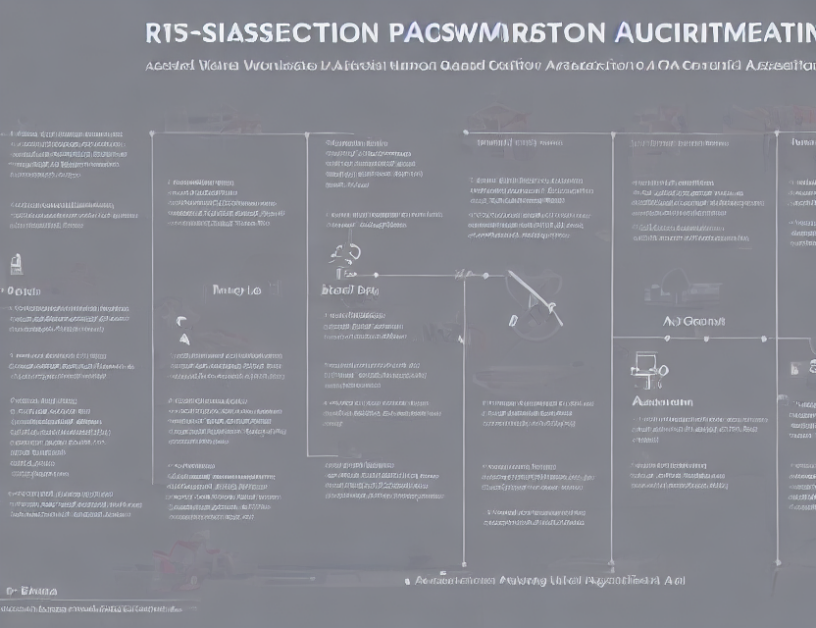In today’s digital age, passwords are a necessary evil for accessing various online accounts. However, with the increasing number of password breaches and the resulting consequences, there is an urgent need to find more secure alternatives. This timeline provides a comprehensive overview of the evolution of password-less authentication methods and their potential solutions.
Early Proposals (2005-2010)
The concept of Federated Identity, which allows users to access multiple accounts without sharing passwords, was proposed as early as 2005. This approach uses a centralized system to manage user identities, making it easier to authenticate users without relying on passwords. However, this method raises concerns regarding the centralization of personal information and potential security risks.
Graphical Passwords (2002-2012)
Graphical passwords were introduced as an alternative to traditional passwords. These passwords are based on images or symbols that users can easily remember. Research showed that graphical passwords are more secure than traditional passwords but have their limitations, such as the need for a suitable display device and potential cognitive difficulties in recalling the images.
Cognitive Approaches (2012)
Studies revealed that password memorability is influenced by factors like storytelling and emotional associations. Researchers proposed using story-based passwords to improve memorability and security. However, this approach requires users to create a unique story linked to their password, which can be challenging for some individuals.
Loxin – A Solution (2014)
Loxin is a novel password-less authentication scheme that uses elliptic curve cryptography. This method eliminates the need for passwords by creating a digital signature based on the user’s biometric data, such as their iris or face recognition. While this approach offers enhanced security, it requires specialized hardware and software to function properly.
Conclusion
Password-less authentication is becoming increasingly popular as technology advances and the need for more secure methods grows. The timeline highlights various proposals and solutions that have been developed over the years to address the issues associated with traditional passwords. While each method has its strengths and weaknesses, they all share a common goal of providing secure access to online accounts without compromising user experience. As technology continues to evolve, we can expect even more innovative solutions to emerge in the future.



